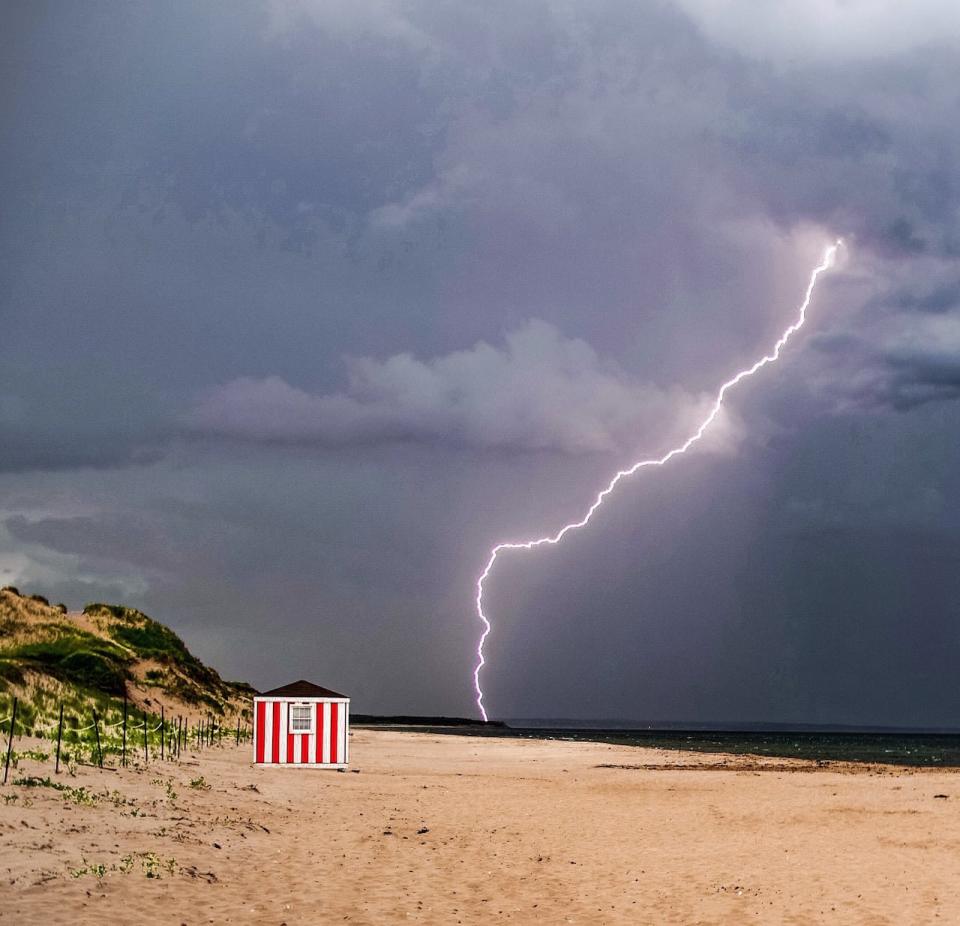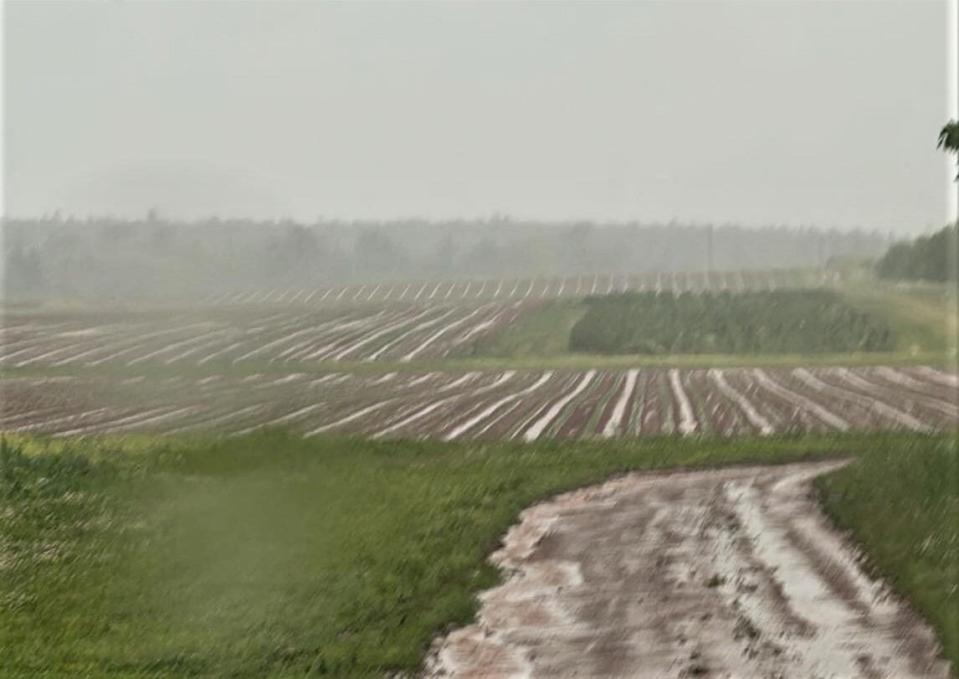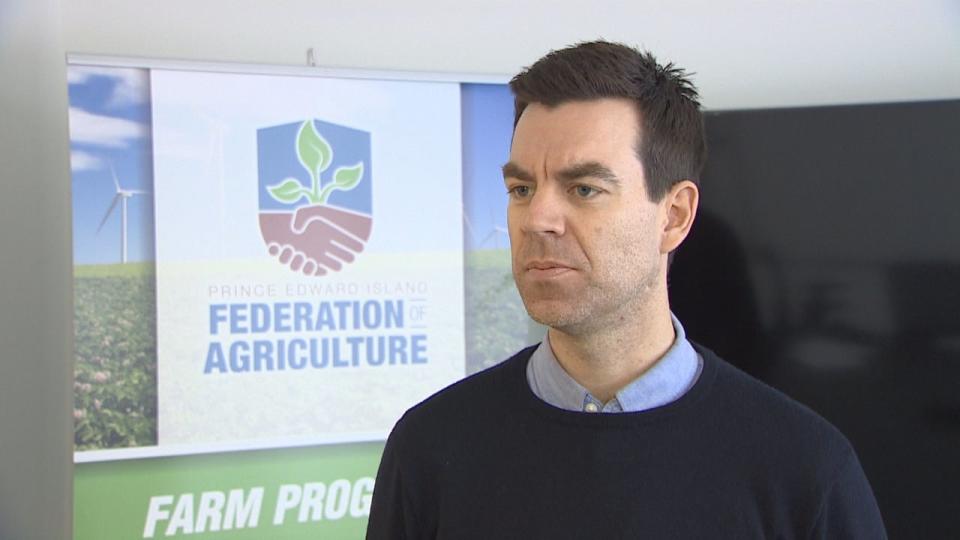Environment and Climate Change Canada has really upgraded its surroundings normals as decided at Charlottetown Airport, with the data revealing the continuing impact of surroundings modification.
The authorities firm figures out typical climate situation at any form of sure surveillance terminal making use of 30-year requirements, and updates these normals each one decade. Recently, it upgraded the usual for typical climate situation at Charlottetown Airport from the interval 1981-2010 to the interval 1991-2020.
“It’s warmer, and this is not surprising,” acknowledged Environment and Climate Change Canada research researcher Megan Kirchmeier-Young
“We have a pretty strong warming trend across all of Canada, across all regions of Canada. This warming is because of climate change, because of global temperature change increases… We are seeing the impacts of that all across Canada, including in Atlantic Canada and in P.E.I.”


Precipitation is anticipated to spice up within the colder months, states Environment and Climate Change Canada research researcher Megan Kirchmeier-Young (Submitted by Megan Kirchmeier-Young)
For the whole 12 months, the standard temperature degree at Charlottetown Airport is at the moment 0.2 C greater than it made use of to be. While that doesn’t really feel like lots, its impact may be seen on the extremes of Island climate situation.
Consider that within the knowledge supply of brand-new normals:
-
There are 4 much more days a 12 months the place the temperature degree is anticipated to climb over 20 C, and 4 much less days the place it goes down under– 10 C.
-
There are 3 much more days a 12 months the place the humidex climbs up over 30, and 5 much less days a 12 months the place the wind cool will get to– 20.
-
There are 1.8 much more days a 12 months the place the wind charge is anticipated to transcend 52 km/h, consisting of a whole added day in December.
Comparing each durations moreover reveals some modifications in rainfall. There is a small lower in yearly portions, nonetheless springtime rainfall particularly is down twin figures.
But Kirchmeier-Young warns versus reviewing means an excessive amount of proper into the modifications acquired the brand-new 1991-2020 typical.
2 years of overlap
“The two periods, they overlap by 20 years. There’s a lot of the same years going into those normals,” she acknowledged. “In the climate scheme, that is still a pretty small amount of time, 10 years,” she acknowledged.
But she retains in thoughts that temperature degree modifications within the normals examine with research Environment and Climate Change Canada has really achieved having a look at simply how the surroundings in Atlantic Canada altered from 1948 to 2016.
It found a 0.7 C increase in temperature degree in Atlantic Canada over these 68 years, with larger modifications in the summertime season and fall.
Findings are probably to be far more trusted in the event that they cowl an extended period of time and quite a few terminals are figuring out the data, acknowledged Kirchmeier-Young, which is why as a result of sure analysis research, Environment and Climate Change Canada taken a have a look at 6 areas in Canada, versus concentrating on sure locations.
Hottest years on doc
For people anxious relating to the impact of surroundings modification on P.E.I., the final couple of years have really been particularly uneasy.
The 3 years complying with these made use of for the brand-new typical have really been sizzling, figuring out 1.3 C over the 1991-2020 customary.
As with the modification in the latest 30-year customary, that distinction may be seen within the extremes:
-
The number of days the place the temperature degree elevated over 30 C balanced 2.7 yearly from 2021-23, with the standard being 1.1.
-
The number of days the place the temperature degree dropped listed under -20 C was merely 1.7, contrasted to the standard 5.8.
But as Kirchmeier-Young defined, one decade is a quick period for figuring out surroundings modification, so 3 years can be a lot much less clear-cut. The final 3 years can conveniently be suited a statistically expectable number of climate situation irregularity.
There isn’t any query, nonetheless, that the final couple of years have really been extraordinary. The final 4 years in Atlantic Canada are achieved within the main 10 hottest years decided returning to 1948.
That distinction can as soon as extra be seen within the extremes.
From 1951 to 1974, there have been no days in June the place the temperature degree bought to 30 C. Over the complying with 45 years, that mark was gotten to in simply 5 Junes: in 1975, 1980, 1988, 2000 and 2003. But from 2020 to 2024, there have been 6 June days that had temperature ranges overlaying 30 C.
More rain/snow anticipated
While the sign for surroundings modification is obvious as a result of longer-term analysis research when it includes temperature degree, what could be occurring with rainfall will not be.
Precipitation is far more variable, and the modification appears slighter than it was for temperature degree.


Intense rainstorms that strike tiny places could make summer time season rainfall requirements tougher to job. (Nick Tweel)
“The long-term trend has been increase in precipitation,” acknowledged Kirchmeier-Young
“Generally the projections for the future, if we continue warming, we continue seeing increases in precipitation broadly over the region.”
Given the searchings for within the longer-term analysis research for Atlantic Canada and fundamental larger irregularity, she will not be additionally anxious relating to the decline in springtime rainfall acquired the surroundings normals.
Projections suggest that whereas yearly rainfall will definitely increase, there could be a lot much less summer time season moisten P.E.I.
“There’s more uncertainty when we talk about summer precipitation,” acknowledged Kirchmeier-Young “Some parts of southern Canada might see some decreases in summer.”


With far more extreme climate situation events being linked to surroundings modification, brand-new steps will definitely be known as for to take care of topsoil on areas, states the P.E.I. Federation ofAgriculture (Submitted by Matt Compton)
The means rainfall operates in the summertime season is numerous from what happens within the cooler durations. Small electrical storms or rainfall cells can deliver a substantial amount of rainfall to tiny places in a quick period of time. Outside {the summertime}, techniques deliver rainfall tend to be far more in depth, over a bigger geographical space.
Climate modification variations suggest there will definitely be a lot much less summer time season rainfall in southerly places, nonetheless it’s onerous to draw particularly the place that north-south line is, and work out whether or not P.E.I. is over or listed under it.
‘Preparing for the unidentified’
This kind of unpredictability is what worries the P.E.I. Federation of Agriculture most.


P.E.I. will definitely require to buy resiliency steps to take care of its farming sector, states the Federation ofAgriculture’s Donald Killorn (Shane Hennessey/ CBC)
“Climate change and variability is about seeing things you’ve never seen before,” acknowledged federation exec supervisorDonald Killorn “There’s great difficulty in preparing for the unknown. Many of our members are multi-generational farmers. There is a knowledge passed down and that knowledge increasingly is becoming out of date.”
But P.E.I. farmers are doing what they will to organize. In sure, they’re making an attempt to be far more ready for extreme events– storms and hefty rains– by making modifications to areas to safe topsoil, and enhancing framework corresponding to animals and space for storing barns.
“This is the future, unfortunately, so investments in agricultural resilience to climate are very smart investments for the Prince Edward Island economy,” acknowledged Killorn.

